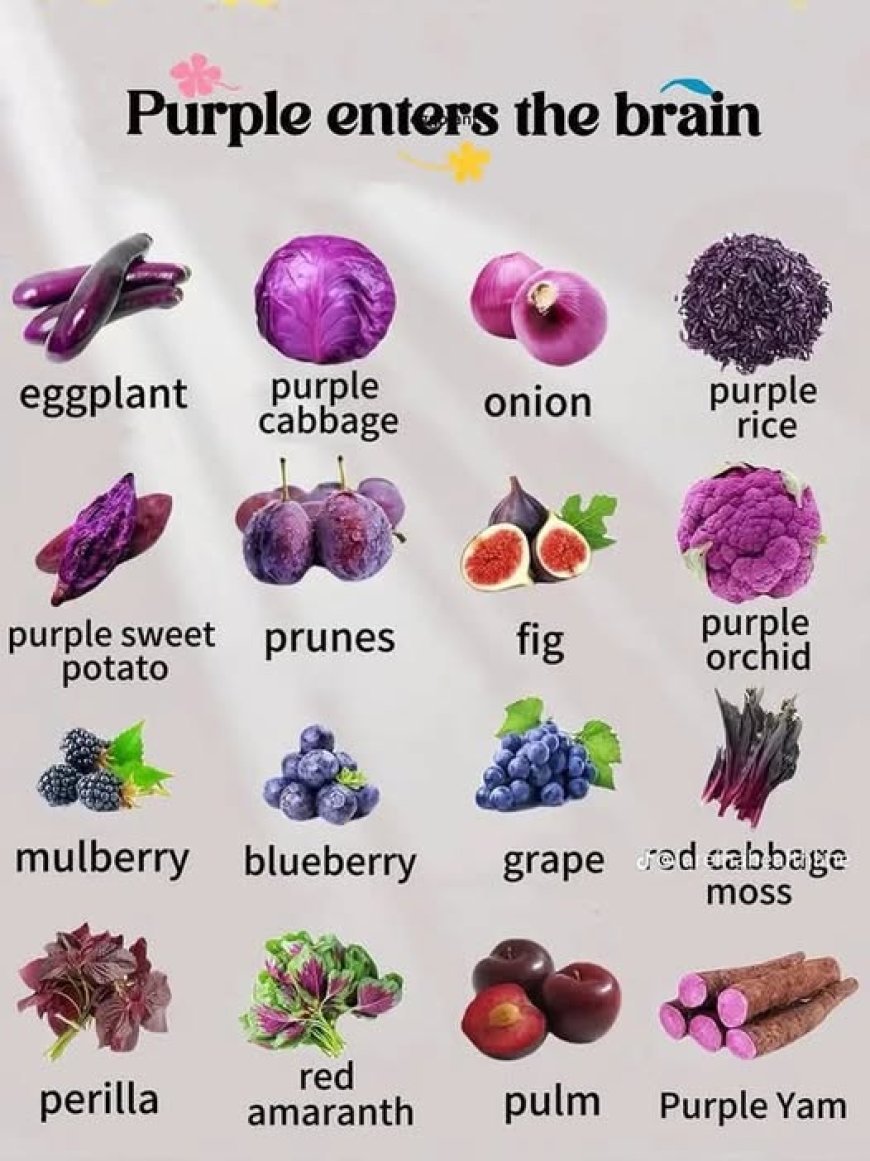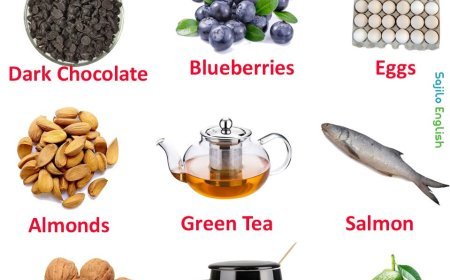Purple enters the brain
The phrase "purple enters the brain" might sound like a whimsical notion, but the science behind it reveals a profound truth: the vibrant compounds responsible for the rich purple hues in many foods indeed reach and significantly benefit our most vital organ. While the color itself doesn't literally permeate our neural pathways, the powerful bioactive molecules nestled within these amethyst-toned ingredients are master key unlockers for optimal brain function, memory, and protection against cognitive decline.

At the heart of this brain-boosting phenomenon are anthocyanins, a class of flavonoids responsible for the red, purple, and blue pigments found in plants. These aren't just pretty colors; they are potent antioxidants and anti-inflammatory agents. Once consumed, these remarkable compounds can cross the blood-brain barrier – a highly selective membrane that protects the brain – allowing them to exert their beneficial effects directly on brain cells. Here, they combat oxidative stress, reduce inflammation, improve cerebral blood flow, and even promote the growth of new neural connections, all contributing to a sharper, more resilient mind.
But anthocyanins aren't the only players. Many purple foods also contain other beneficial compounds like quercetin, resveratrol, and various vitamins and minerals, all working in synergy to create a powerhouse of neurological support.
Let's explore a palette of these brain-boosting wonders:
A Palette of Brain Boosters: Specific Foods and Their Benefits
- Eggplant: This versatile nightshade boasts nasunin, a type of anthocyanin particularly concentrated in its skin. Nasunin is a powerful antioxidant that helps protect brain cell membranes from damage, safeguarding cognitive function.
- Purple Cabbage (and Red Cabbage): A true anthocyanin champion, purple cabbage is also packed with Vitamin C and K. Its high antioxidant content helps reduce neuroinflammation, a significant factor in cognitive decline, and may improve memory.
- Purple Onion: Beyond adding a pungent kick to your meals, purple onions are rich in quercetin and various anthocyanins. These compounds offer strong antioxidant protection and have been studied for their potential neuroprotective effects against age-related cognitive issues.
- Purple Rice: This ancient grain is a treasure trove of anthocyanins, alongside beneficial fiber and B vitamins.19 The anthocyanins contribute to antioxidant defense, while the fiber supports a healthy gut microbiome, which is increasingly recognized for its influence on brain health via the gut-brain axis.
- Purple Sweet Potato: Vibrant and delicious, purple sweet potatoes are brimming with anthocyanins and beta-carotene. Research suggests their compounds can enhance memory and learning, likely due to their anti-inflammatory properties and ability to improve neural signaling.
- Plum & Prunes: These sweet fruits, especially their dried counterpart, prunes, are excellent sources of anthocyanins and other phenolic compounds.22 Their antioxidant capacity supports overall brain health, and their fiber content aids gut health, indirectly benefiting cognitive function.
- Fig: While not always distinctly purple, certain varieties of figs have a deep purplish hue and are rich in antioxidants, fiber, and essential minerals. These contribute to cellular health, which is fundamental for optimal brain performance.
- Mulberry: These delicate berries are a true anthocyanin powerhouse, along with containing resveratrol. Studies indicate that mulberries can offer significant neuroprotective benefits, potentially improving learning and memory and protecting against neurodegeneration.
- Blueberry: Often hailed as the king of "brain superfoods," blueberries are exceptionally rich in a diverse array of anthocyanins. Extensive research has linked regular blueberry consumption to improved memory, enhanced cognitive function, and protection against age-related cognitive decline.
- Grape: Particularly red and purple varieties, grapes are renowned for their high content of resveratrol and other polyphenols. These compounds exhibit strong antioxidant and anti-inflammatory properties, potentially guarding against oxidative stress and inflammation in the brain that can lead to cognitive impairment.
- Perilla: This aromatic herb, common in Asian cuisine, is packed with compounds like rosmarinic acid and luteolin. These have demonstrated powerful anti-inflammatory and neuroprotective effects, suggesting a role in supporting brain health.
- Red Amaranth: Distinguished by its reddish-purple leaves, red amaranth is rich in betacyanins (another class of pigments with antioxidant properties), vitamins, and minerals. Its nutritional profile supports overall cellular health, including brain cells.
- Purple Yam (Ube): This starchy tuber is not only beautiful but also a good source of anthocyanins and a unique storage protein called dioscorin, which has antioxidant properties.31 Purple yam is increasingly recognized for its potential to support cognitive function and provide neuroprotection.
- Purple Orchid: While primarily ornamental, certain species of orchids are used in traditional medicine. However, their direct and significant brain-benefiting properties from dietary consumption, comparable to the other food items listed, are not widely established in mainstream scientific literature for common consumption.
While incorporating these vibrant purple foods into your diet offers a delicious and effective way to nourish your brain, it's crucial to remember that they are part of a larger picture. A holistic approach to brain health also includes regular physical exercise, adequate sleep, ongoing mental stimulation, stress management, and maintaining a balanced diet rich in a variety of fruits, vegetables, whole grains, and healthy fats.
The next time you encounter a dazzling array of purple produce, remember that you're not just selecting a feast for the eyes, but a powerful ally for your mind. The anthocyanins and other potent compounds found in eggplant, purple cabbage, blueberries, and their purple brethren are more than just pigments; they are fundamental guardians of our cognitive vitality. By embracing the royal hue of cognition, you can empower your brain, enhance your memory, and pave the way for a sharper, healthier future.
What's Your Reaction?
 Like
0
Like
0
 Dislike
0
Dislike
0
 Love
0
Love
0
 Funny
0
Funny
0
 Angry
0
Angry
0
 Sad
0
Sad
0
 Wow
0
Wow
0





















